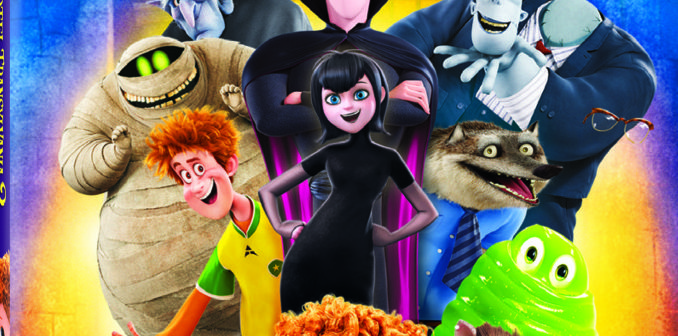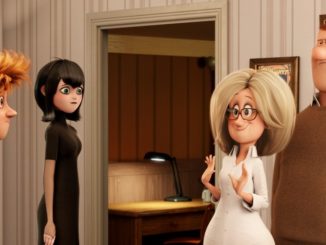
I grew up on Bugs Bunny and Tom & Jerrie cartoons. While that animation is impressive for its own reasons, there is no chance of confusing Bugs Bunny for an actual rabbit or Tom for an actual cat. The level of realism we have today was not possible when those cartoons were produced, and it wasn’t even a goal, really. Today, however, we have the computing power and graphic rendering technology to create very realistic effects for things like motion, skin, hair, and cloth.
The animators and production team behind ‘Hotel Transylvania 2’ shared some of the ingenious creativity that went into making sure the clothing worn by the characters maintained a natural flow even on animated characters that defy traditional physics:
Animation is pretty magical. Even old school animation—painstakingly drawing and illustrating each image to create a “moving” series of pictures—is awesome, but combined with technology animation is mind-blowing. The ability to render realistic hair, fluid, and cloth dynamics on a computer-generated animation is truly awesome.
The team behind Hotel Transylvania 2 recently put together a video explaining the attention to detail that went into crafting the cloth simulation for the characters. It’s easy to get immersed in the animated world and lose sight of some of that detail. In fact, the extent to which you can suspend disbelief and allow your imagination to fully experience the story is arguably a reflection of the level of detail that goes into an animated movie.
“Character effects for an animated feature can be comprised of many different things. It can be muscles, skin, hair, or cloth simulation on any given character,” explains Chris Logan, Character FX Supervisor for Hotel Transylvania 2 in the cloth simulation video.
Karl Herbst, Visual Effects Supervisor for Hotel Transylvania 2, describes the challenges animators face and the difficulty of creating a graphics rendering algorithm that can account for changes in body dimensions. Unlike live actors, animated characters can have broad shoulders that become narrow shoulders, or arms that shorten or lengthen in different scenes—and the cloth rendering has to be able to account for those changes.
Herbst says, “So, we had to develop systems of like, ‘How do we hedge our bet along the way in a shot to rescale the base garment to the animation performance so it will stay on the body?’”
The team had to come up with creative ways to provide some sort of framework or guidelines for the rendering engine that define the silhouette of the character, and then allow the cloth simulation to overlay the “natural” flow of cloth based on that. Take a look at the Hotel Transylvania 2 cloth simulation video to learn more about the effort and ingenuity that went into creating this movie.
You can check out the video for yourself here:
Read the full story on Forbes: The Magic Behind The Animation Of Hotel Transylvania 2.


Leave a Reply